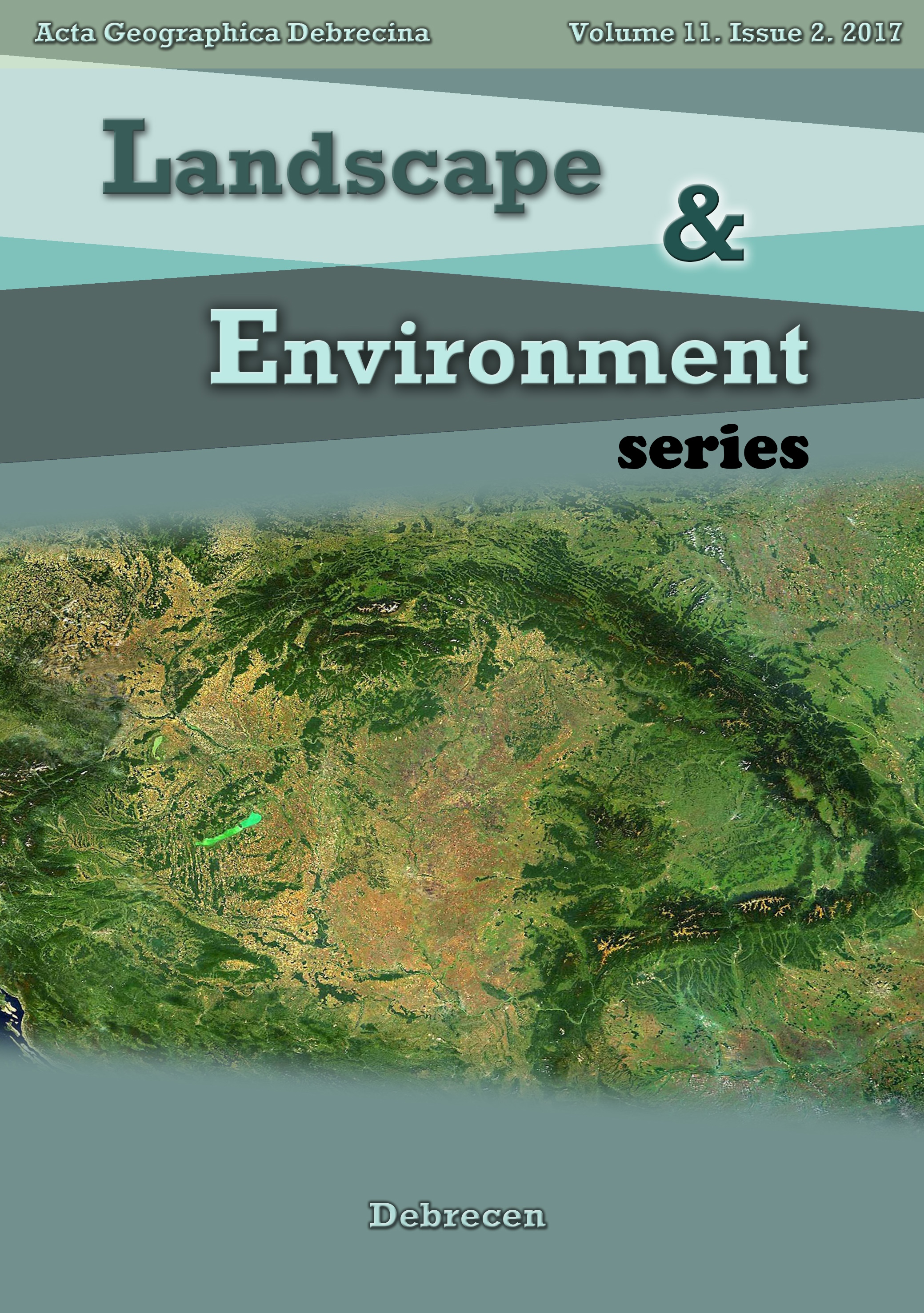Paleoenvironments reconstructed from the analyses of loess sequences on Susak Island, Adriatic Sea
Authors
View
Keywords
License
Copyright (c) 2017 Éva Kis, Ferenc Schweitzer, Dénes Lóczy

This work is licensed under a Creative Commons Attribution-ShareAlike 4.0 International License.
How To Cite
Abstract
Susak Island is the outermost member of the archipelago of the Kvarner Bay, North Adriatic Sea, Croatia. Its long-term landscape evolution is defined by tectonic movements. Most characteristic are partly exhumed landforms of an ancient terrane (scarps, uplifted limestone cliffs) in a still active neotectonic environment, but the most appropriate tools for the reconstruction of Quaternary paleoenvironments are loess and loess-like deposits. The Quaternary sequence is up to almost 100 m thickness locally and intensively studied by numerous disciplines (from structural geology to geochemistry and geomorphology) today. The special location of the island makes it a key area of research into the evolution of the broader environment, including the Po Plain as well as other Italian source areas of wind-borne and redeposited dust. The loess mantle was also of great importance for a paleoecological reconstruction of floral and faunal evolution, on which efforts of nature conservation are founded.

 https://doi.org/10.21120/LE/11/2/1
https://doi.org/10.21120/LE/11/2/1